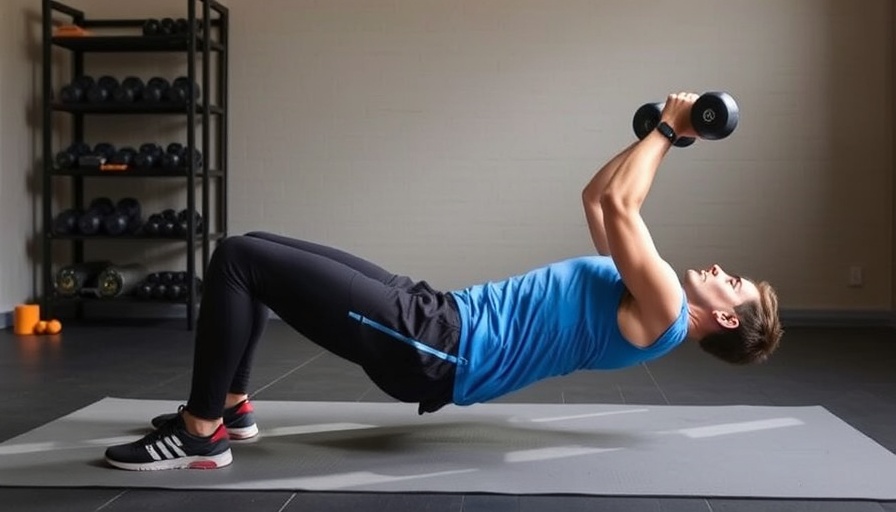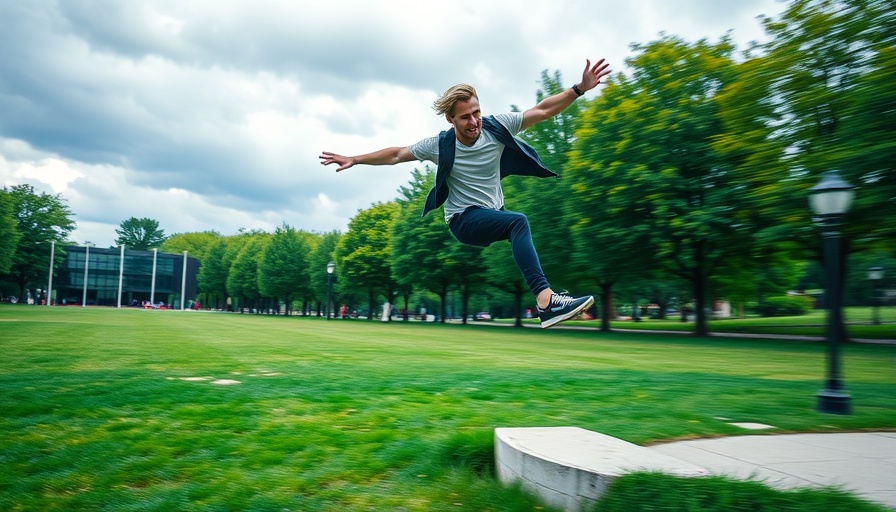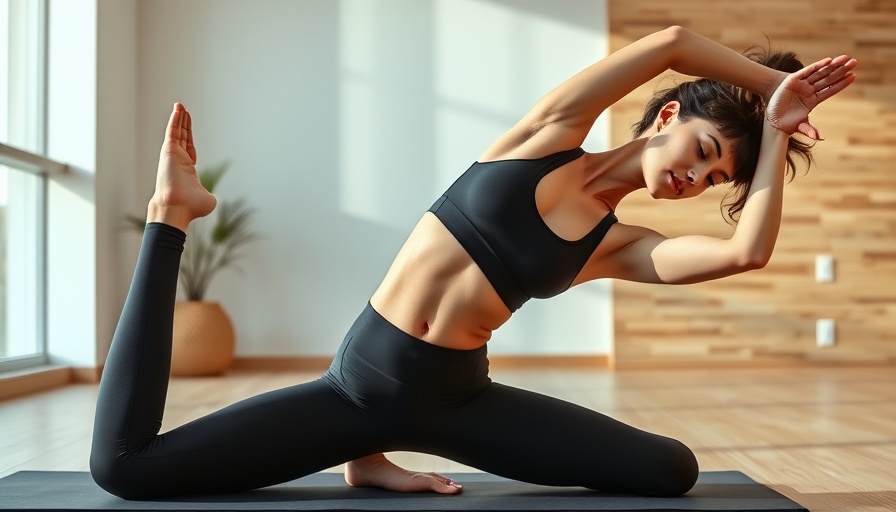
Unlocking the Secrets to Shoulder Mobility: Why It Matters
As we age, our bodies undergo a series of changes, and maintaining mobility becomes increasingly crucial. Shoulder mobility plays a significant role in our overall physical health. Conditions such as frozen shoulder not only reduce our range of motion but can also result in chronic pain and disability, drastically impacting our daily activities. By incorporating weighted mobility work into our routines, we can combat these issues effectively.
Understanding Weighted Mobility Work
Weighted mobility exercises focus on using light weights to enhance the natural range of motion in joints. This method has proven to maintain and even improve the elasticity of the ligamentous capsule surrounding the shoulder joint. Without the proper elasticity, tendons and ligaments may become stiff, leading to painful conditions such as adhesive capsulitis.
The beauty of weighted mobility work lies in its simplicity. In fact, exercises requiring just 2-5 pounds can initiate significant enhancements in shoulder health, making it accessible to everyone, regardless of fitness level. Two effective movements to consider are the orbits and tricep extensions. These exercises, when performed correctly, can not only improve mobility but also bolster functional strength essential for daily activities.
The Importance of Warm-Ups
Before diving into weighted mobility work, a thorough warm-up for the core and shoulder regions is essential. Warming up enhances blood flow and prepares the muscles for activity. Adding spinal and shoulder mobility exercises to your warm-up regimen can set the stage for an effective workout.
A Tendril of Prevention: Avoiding Frozen Shoulder
The onset of frozen shoulder can often sneak up, particularly for individuals between the ages of 40 and 60. Regularly practicing weighted mobility can help counteract this effect, leading to enhanced elasticity and reduced risk of injury. Engaging in these exercises may just be the preventive measure you need for long-term shoulder health.
Incorporating Mobility Work Into Daily Life
Mobility work shouldn't feel like a chore. Easy-to-follow routines can easily be integrated into your day. Whether it’s a few minutes before you head out to work, during breaks, or even while watching TV, these small practices can lead to substantial long-term benefits.
Future Predictions: The Growing Popularity of Functional Fitness
As more people become aware of the importance of functional fitness, the practice of incorporating weighted mobility into daily routines is likely to gain traction. This trend aligns with the broader movement toward health, wellness, and prevention, highlighting a collective shift in how we approach physical health.
Emotional Connection: Quality of Life and Mobility
It's easy to overlook the emotional aspects of mobility issues until they directly impact our lives. The ability to engage in daily activities, participate in sports, or even care for ourselves are often taken for granted. By prioritizing mobility, we are investing in our quality of life, creating a brighter and more active future.
Take Action: Start Your Weighted Mobility Journey Today!
Why wait until pain forces you into action? Begin your journey towards improved shoulder and core health today. Incorporate weighted mobility exercises into your routine and feel the difference in quality of life. With consistent practice, you can unlock the benefits of enhanced mobility and functional strength.
 Add Row
Add Row  Add
Add 




Write A Comment